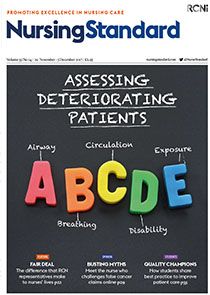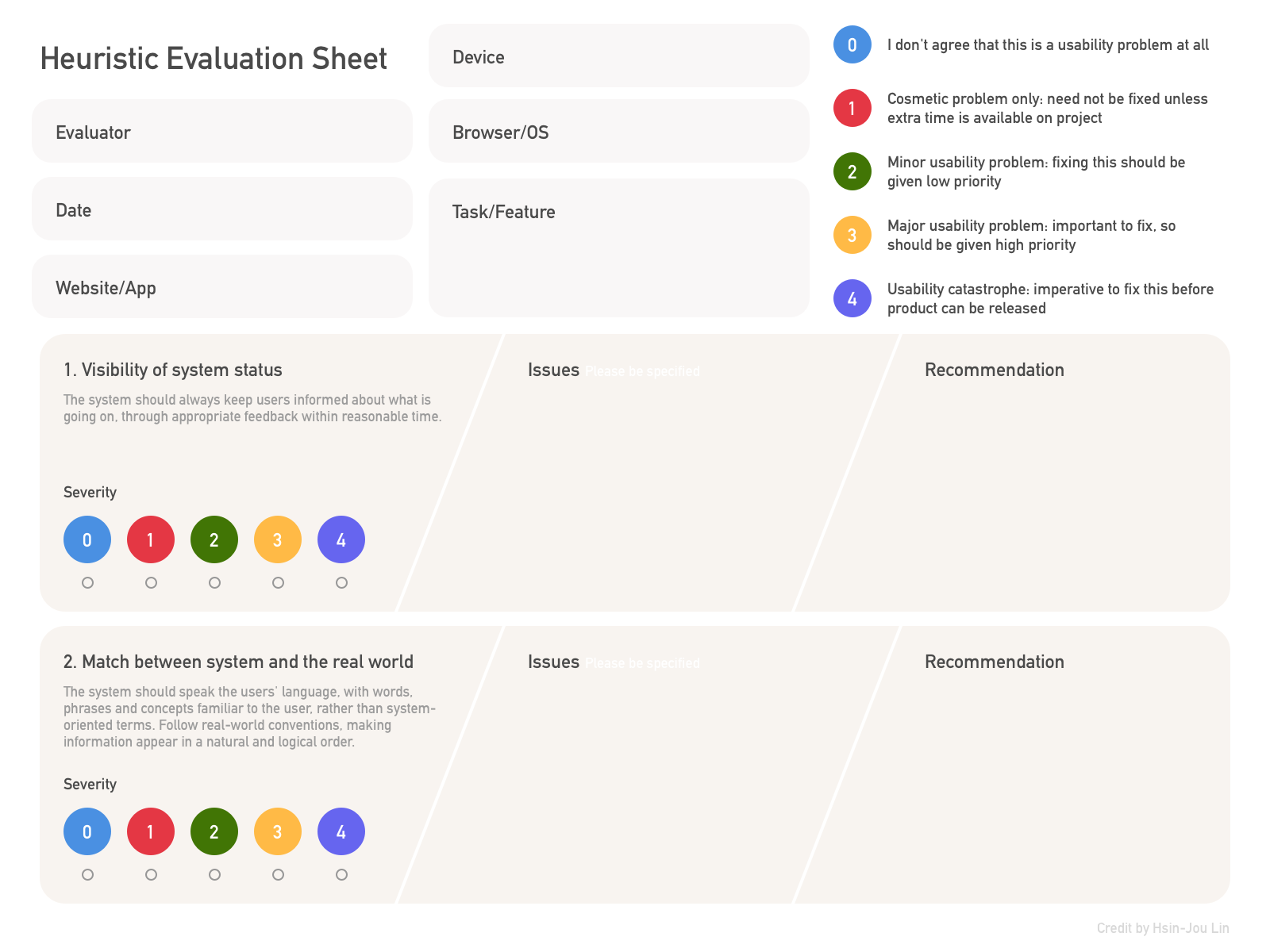
The student can retry by selecting another answer, but has lost half of the points. This gives the student limited information that challenges them to carefully identify the false assumptions in their previous decision-making.

If the selected answer was incorrect, this is revealed to the student, but the other answers remain veiled. Note that this mode isn't available for open-questions, and hence can't be enabled when the quiz contains open questions. When enabled it applies the scratch-off question mode for all multiple choice questions. This data leads us to conclude that IF AT® forms are useful assessment tools.This option is available on a quiz module. This indicates that students learned from an incorrect answer and, possibly by re-reading the problem, were able to demonstrate some level of mastery of the material. Analysis of second responses for 8775 questions on IF AT® forms in 22 classes over 3 years showed that the percent of correct second answers was 44.9%, significantly higher than one might expect from random guessing.


1 of 4 remaining answers on the IF AT® form). Based on random chance, students should have mathematically a 25% chance of guessing a correct second answer (i.e.

This study was conducted in order to assess learning after an initial incorrect answer. For a multiple choice question with five possible answers, the IF AT® form covers spaces labeled A through E with a thin opaque film when the film is scratched away, a star indicates the correct answer. In particular, a student learns immediately if his or her answer is correct and, in the case of an incorrect answer, has an opportunity to provide a second response and receive partial credit for a correct second attempt. A newer approach, however, using Immediate Feedback Assessment Technique (IF AT®, Epstein Educational Enterprise, Inc.) forms, offers several advantages. Multiple choice testing is a common but often ineffective method for evaluating learning.


 0 kommentar(er)
0 kommentar(er)
